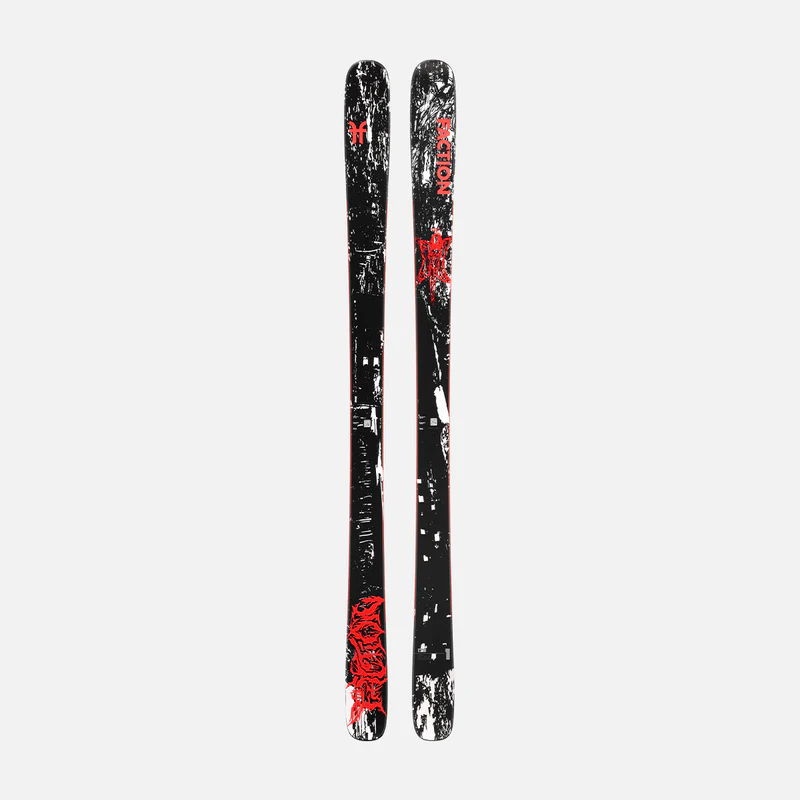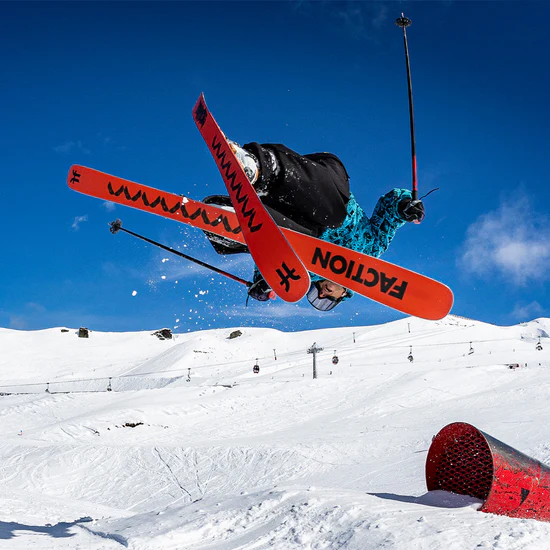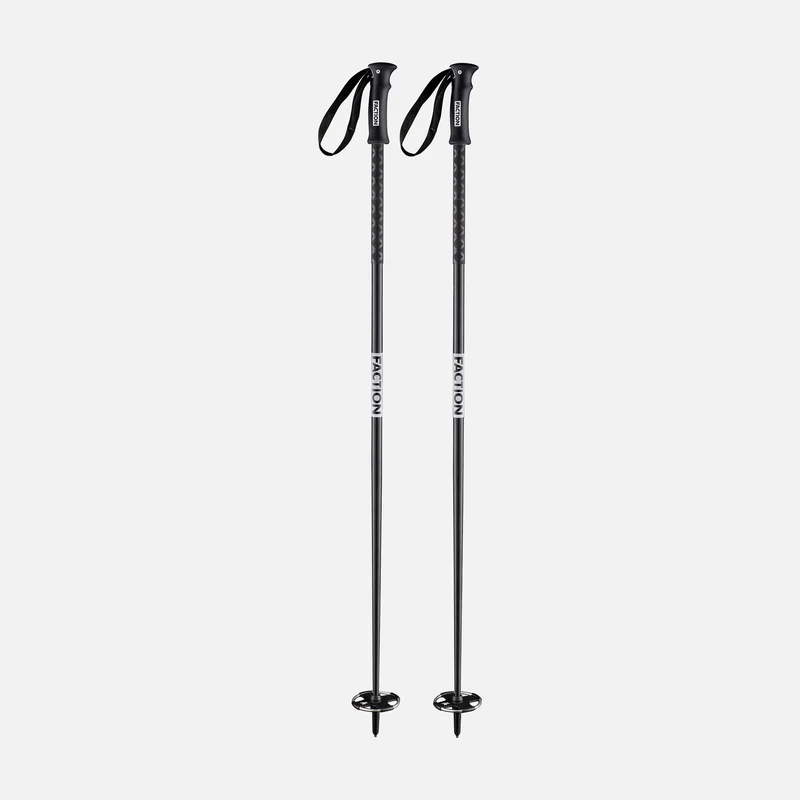
Teague Holmes is happiest when exploring the mountains by any means possible; whether on foot, sailing through the air on his paraglider, or scouting fresh lines way out back with a pair of skis strapped to his feet. Growing up in Colden, New York, he spent winters skiing as fast as he could and summers climbing with the least equipment possible. An experienced mountaineer and avid backcountry skier, these days Teague is most likely found touring to far-flung places and charging down high consequence terrain with speed and style.
Read on for a taste of the type of skiing that gets Teague out of bed, and the equipment setups that get him up and down mountain peaks at pace.
For many years, I’ve held a firm vision of how to move through the mountains. It began in the early 2000s when I realized that we could combine light and fast rock-climbing tactics with a freeride skiing approach: What if we could float in and out of remote mountains and still ski down them the way we wanted to?
I wasn’t interested in survival skiing down exposed lines, I wanted to charge with confidence. I didn’t want to ski solely one or two popular lines in a day, rather I yearned to go deep into the backcountry where there are no tracks but those made by my crew. Totally isolated in the wilderness, powered by two high-speed quads, charging big lines all day long— this was my dream.
Some fifteen odd years later and I’ve made that dream a reality more times than I can count. I’ve learned how to be light and fast without sacrificing the descent. My priority is to ski freely and with confidence. And in order to help you chase a similar goal, I’m sharing how my descent-orientated setup allows me to go uphill fast, and downhill faster, all day long. #OffTheBeatenTrackSkiing
TEAGUE’S SET UP

Agent 2.0 179, Plum Binding, Scarpa F1 Light
This whole ski & binding package weighs in at 2,850g and can be relied on for a hell of a good time on the up and the down. I have created the best combination of lightness and security by having a hybrid Plum set up between the Plum Guide binding (safer) and the Plum Race binding (lighter). For me, the toe is most important for security – I never sacrifice here and therefore I use the Plum Guide toe piece. I use the much lighter Plum Race heel piece. For me, the Plum Race heel is the perfect weight to safety ratio however, it might not be ideal for someone heavier as the pre-release possibilities are real when you add a heavy skier to this binding. The Agent 2.0 has a narrower waist (96mm) and weighs in at 1590g – which is really efficient for going up – this is my favorite setup for speed, especially in spring corn conditions.

Agent 3.0 188, ATK Freeraider 14, Scarpa Maestrale XT
I've paired the Agent 3.0 with the ATK binding. The ATK Freeraider is only a few grams heavier than the Plum, but the DIN reassuringly goes up to 14, so I trust it to keep me locked in when racing my sluff through exposure. This power setup is bolstered with the length of the ski and the stiffness of the boot. The Maestrale XT is a few pounds heavier than the F1 Light and gives you a lot more authority to drive and bend the ski. This setup is efficient, reliable, and most importantly it rips.
This ski is a little wider under foot (106mm – perfect for fresh snow) while only adding a hundred or so grams on each foot. The Agent 3.0 setup has an incredible power to weight ratio to get deep and remote, while still having the security and grip to rip my lines.

SPRING SKIING
I love skiing in the springtime. The greater snow depth and warmer temperatures between 3000-4000m can lead to a more stable snowpack. Windows of opportunity can open up after the initial spring avalanche cycle, making for comfortable travel conditions to and through remote peaks and valleys. The spring often brings storms with snow that sticks to the steepest mountain faces. When I see one of these weather systems on the horizon, I know it’s time to explore our home mountain ranges.
In Colorado, we’re fortunate to have vast expanses of public land to explore - with seemingly countless lines and landscapes to discover. It’s easy to venture Off The Beaten Track, to find yourself in a place where perhaps no one has skied in a year or two. Or ever. Opportunities for first descents are real. All it takes is a little creativity and dedication to the process to access these places without spending too much energy.
When I am standing on top of an incredible line that I’ve come so far for, I want to be able to ski it well. To really rip it and enjoy that magic moment dancing and charging down the mountain.
















